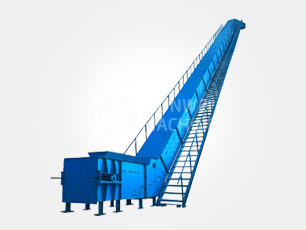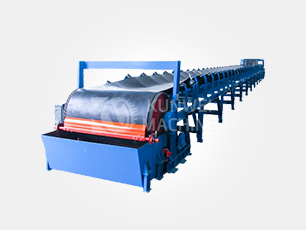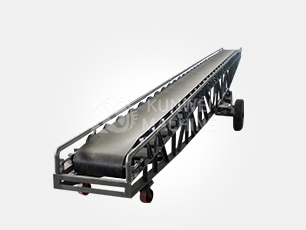Screw conveyor rattling how to deal with
News 2025-05-06
Screw conveyor rattling in fact, there are many reasons, specifically what causes it? How should we quickly find the root cause of the problem and solve it in time? I will soon be based on past experience and combined with the whole network solution for in-depth analysis —
Screw conveyor common noise problems are mostly due to the following reasons:
1. bearing damage or insufficient lubrication
Phenomenon: sharp friction sound or periodic rattling, mostly located in the drive end or tail end bearing seat.
Treatment steps:
① Manually rotate the bearings after stopping the machine and check whether there is any jamming or loosening.
②Replenish the grease (use high temperature resistant and high load type), if the bearing is worn (such as broken ball, inner and outer ring scratches), it needs to be replaced immediately.
Note: Ensure concentricity when installing new bearings to avoid partial load.
2. Friction between spiral blade and shell
Phenomenon: Metal scraping sound, may be accompanied by vibration.
Causes:
① Deformation of the blades (caused by material blockage or hard objects stuck in).
② The main shaft is bent or the bearing seat is offset, resulting in concentricity misalignment.
③ Shell liner is worn and the clearance is too large.
Handling steps:
① Check the friction point after stopping the machine, correct the blade deformation or replace the partial blade.
② Check the straightness of the spindle, bending needs to be straightened or replaced.
③Adjust the position of the bearing seat to ensure that the shell and spiral shaft coaxial error <0.5mm.
④ Serious wear of the shell need to add wear-resistant liner or repair.
3. Problems of coupling or transmission parts
Phenomenon: Periodic knocking sound or vibration, especially obvious when starting and stopping.
Checkpoints:
① poor alignment of the coupling (radial/axial deviation > 0.1mm need to be adjusted).
② Elastic gasket wear or loose bolts.
③ Gearbox (if any) lack of oil or gear damage.
Treatment: Re-calibrate the coupling, replace the worn parts, and tighten the bolts.
4. material blockage or foreign objects stuck in the
Phenomenon: sudden muffled noise or motor overload.
Handling:
① Immediately stop, reverse the motor to discharge the blocked material.
② clean up foreign objects (such as metal, lumps of material), check whether the feed port is too large to cause foreign objects into.
③Adjust the feeding amount to avoid overload operation.
5. Chain/belt transmission slack (if any)
Phenomenon: slipping sound or slapping sound.
Treatment: Adjust the tensioning device to ensure that the chain sag <2% of the center distance and the belt is not slipping.
6. Loose foundation or cracked structural parts
Phenomenon: resonance sound or bolt loosening sound.
Treatment: tighten the ground bolts, check the welded joints of the supporting structure, and reinforce the weak parts.
Preventive measures
① Regular maintenance: lubricate the bearings every 500 hours and check the blade wear every month.
② Monitor operation: install vibration sensors or listening sticks to detect abnormalities at an early stage.
③Operation standardization: avoid overloading startup, wet materials need to be pre-dried to prevent adhesion and blockage.
Suggestions for emergency treatment
If the abnormal sound is accompanied by violent vibration or temperature surge, stop the machine immediately to avoid shaft breakage or motor burnout. For complex faults (such as spindle deformation), it is recommended to contact professional maintenance personnel to use tools to correct!
Through the above 6 systematic investigation of the above links, I believe we can effectively solve most of the problem of rattling! ~Of course, if there are other related problems, we need to analyze specific problems.


